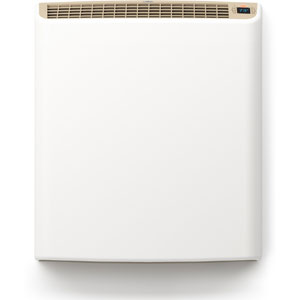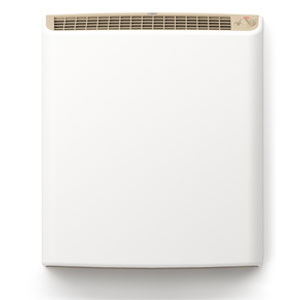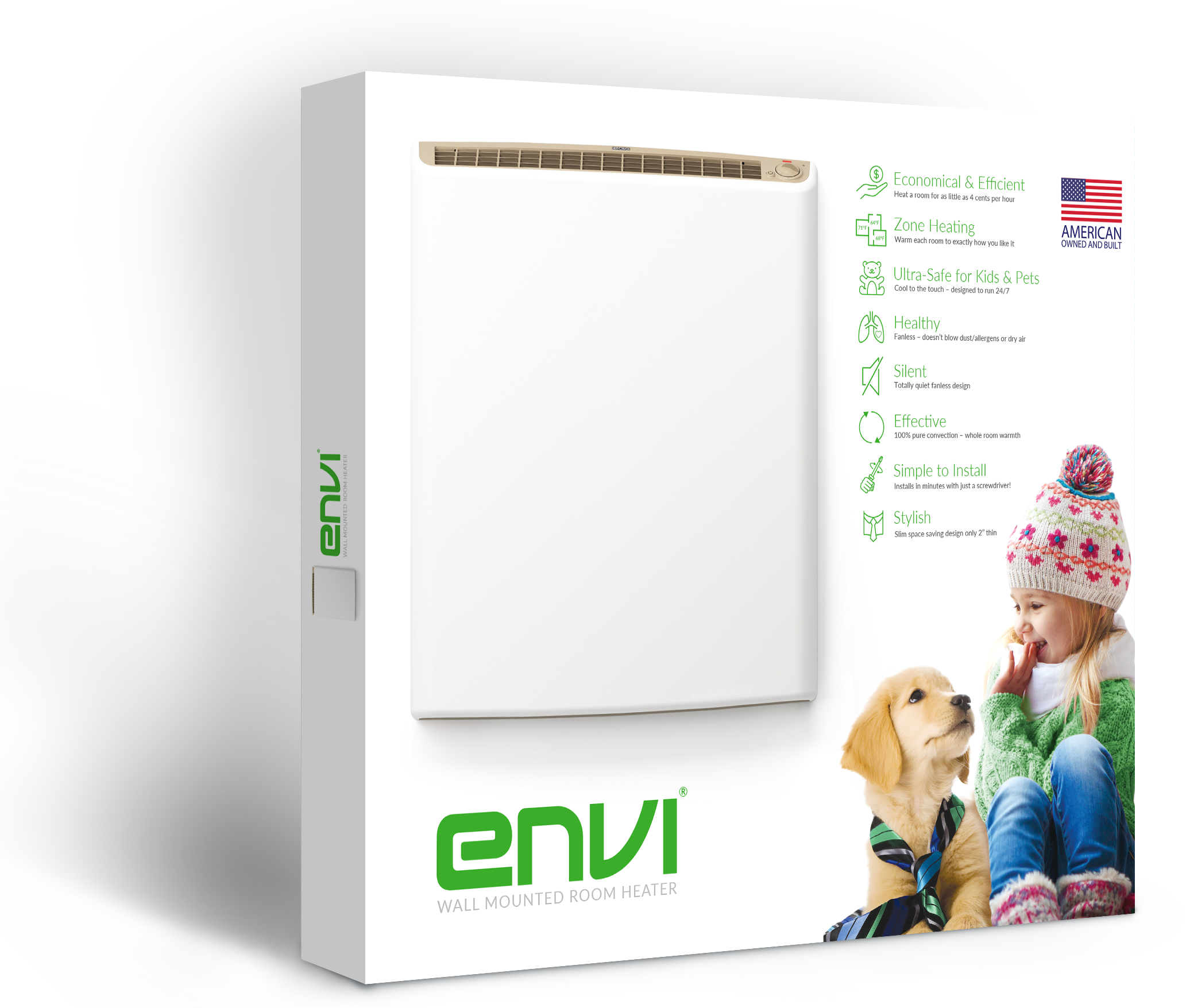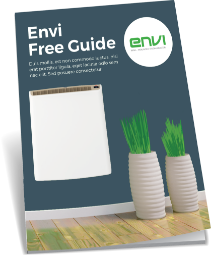How to Reduce Allergens in Your Home
Jordan McCourt | 23rd Apr 2018

Do your eyes swell up at the mere thought of dust or pet dander? You’re not alone. Millions of Americans suffer from allergies. In fact, according to the Asthma and Allergy Foundation of America, about 30% of adults and 40% of children are affected by allergies. For most of those allergy sufferers, the threat seems to be outdoors. After all, that’s where the majority of pollen is found. However, did you know that indoor air quality can actually be lower than outdoor air quality, and can contain a tremendous range of allergens? This means that it could be your home that is making you sick. How can you combat that, you may ask? What can you do to reduce allergens within your home?
Use Strategic Heat
Forced air heating (the most common type in the US) spreads allergens from the ducts throughout your home. Basically, all the dust, pollen, and particles gathering in your ducts are being pushed out into your home’s airspace and spread around continuously. If you suffer from allergies in your home and use forced air heating, this is probably the main reason for it. Strategic heating is a good solution as it allows you to heat only specific parts of your home, as needed, and, when you use a heater like the Envi, there are no worries about allergens. Contrary to most other convection heaters and your central heating system, the Envi Heater uses no fans, while still heating up to 150 square feet with a single unit. This capability is directly due to the heater’s unique, patented dual-stack effect, which draws in cold air below the unit, “stacking” air on top of itself as it builds in the center of the Envi, circulating warm air from the top. Switching to strategic heating with a hypoallergenic heater like the Envi will help eliminate the need to force allergen-laden air through your home, allowing you to breathe easier.
Change Your Filter
If you decide to stick with a forced air heating system, you could help reduce the problem by changing the filter on your HVAC system. You should do this every few months, but what we’re talking about is changing the type of filter you use. Instead of buying just any old air filter, or going with a bottom-dollar option, invest in a HEPA filter. This filter type has the ability to filter even very small particulates from the air that moves through it, helping to reduce the allergens in your home.
Clean Your Ducts
The ducts that run through your home allow heated or cooled air to flow from room to room. However, they can also be a source of problems in your home’s airspace. This is particularly true in floor-mounted ducts, but even ceiling-mounted ductwork can be home to allergens that range from pet hair and dander, to dust and even mouse droppings. If it has been a few years since they were cleaned, consider investing in a duct cleaning service.
Check Your HVAC System
Your HVAC system heats and cools the air in your home, keeping you safe and comfortable throughout the year. However, it can also be a source of health problems. Over time, mold and mildew can grow on HVAC parts, particularly in the drip tray. Check your unit and make sure that it is clean and free of these types of threats. Ideally, you should invest in a bi-annual maintenance plan so that the unit can be cleaned and inspected by an HVAC professional. Not only will this ensure that your unit is free of mold and mildew, but it will help to improve overall efficiency, reduce your utility bills and avoid potential breakdowns.
Dust the Right Way
Dust is one of the most common indoor allergens (it’s actually the mites that live in the dust). Keeping your home clean and as dust free as possible will help to reduce your allergy symptoms, but you need to ensure that you’re dusting the right way. Dusting using a traditional feather-style duster or a dry cloth actually just stirs the dust up and into the air, causing irritation in the eyes, nose, and throat. Instead, dust using a damp cloth to prevent dust from flying around while you work. Treated cloths (pre-moistened with cleaner) can also work well for this. Also, consider wearing a dust mask when doing house work like dusting or vacuuming to help reduce your exposure to dust and other allergens.
Consider Your Flooring
Your flooring may be harboring allergens and you could not even know it. This is particularly true if you have high-pile carpeting. Ideally, it is a good idea to replace any carpet in your home with hardwood flooring, vinyl or another type of hard floor material. If you can’t forgo the carpet, then opt for low-pile. You should also vacuum at least once per week, but if your allergies are severe, you might consider vacuuming more frequently.
Use Dust-Mite Proof Covers
Your bedding should be viewed as one of the most significant sources of allergens. Dust mites live in your pillows, sheets, and mattress. Just lying down to get some rest could be putting your health at risk. Invest in dust mite-proof pillow cases and mattress covers to reduce your exposure to dust mites while in bed.
To summarize, these are just a few of the ways that you can reduce allergens in your home. A few others include ranging from ensuring that you clean your dishes and even sink regularly (to remove any potential mold buildup), to even eliminating knickknacks and other dust-gathering items around your home.












